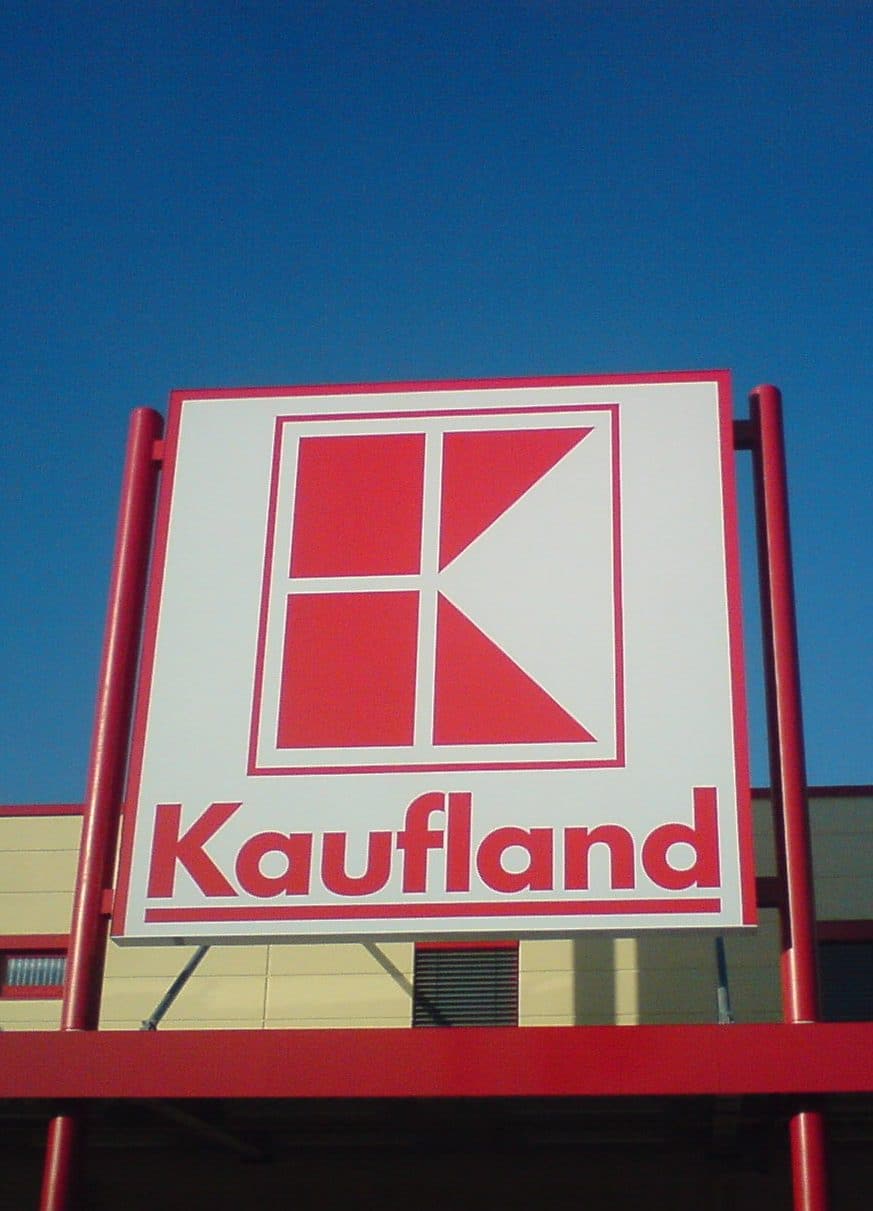Kaufland, part of the world’s fourth largest retailer, Schwartz Group, has announced it will not continue with its plans to commence trading in Australia – despite having broken ground on its first distribution centre, and having gone through the process of securing around 20 Australian sites and associated planning approvals.
Unless this is some bizarre marketing campaign, the announcement will come as a massive disappointment to those who made career moves to commence working for the German based entity. No doubt some consumers will also be sad to hear that the additional competition (and unusual store format) that was potentially to be provided by Schwartz Group is no longer on the cards. Meanwhile suppliers, builders and other consultants who had hitched their wagons to the Kaufland train may be feeling a little bitter.
So what has led to this decision?
Although I can’t profess to have any inside knowledge regarding the announcement, I expect that the following factors likely impacted the thinking.
A depressed retail industry in Australia and world-wide

It’s no secret that retail is suffering. The rise of online competition, tightening consumer spending and the increasi
ngly world-wide nature of markets are all making it more difficult to compete – even for experienced retailers like Kaufland.
Further, while the number of competitor supermarkets in Australia is comparatively limited (Woolworths, Coles, ALDI and Metcash sharing 80% of the market), those competitors are already pulling out their A-game to deal with the above threats and those posed by each other. IBISWorld notes in its 2014-2019 analysis of trends that “The Supermarkets and Grocery Stores industry is one of the most fiercely competitive industries in Australia.”
Woolworths and Coles have long duelled for supremacy, and the emergence of ALDI in Australia has led to changes in the way each of them operates – for example, with increasing emphasis on own-brand sales.
At this time, Schwartz Group may well have decided that it is better to focus on the fundamentals in existing markets (or those physically close to existing markets – primarily Europe) rather than attempting to break new ground in unfamiliar places.
A highly challenging property development market
Finding appropriate sites has been a challenge for Kaufland. Although Kaufland has secured a variety of development locations, the fact that it announced its first store would be in South Australia (no offence, Prospect) indicates it was not an easy task. The eastern states, with higher populations and greater spending power would likely have been preferable.
With a store footprint anywhere from 4000m2 (i.e. larger than a standard Woolworths) to 20,000m2, the number of appropriate sites is probably limited – and will generally be in the outskirts of town and often separate from existing retail developments rather than in areas with a more concentrated population and accordingly greater customer catchment.
Australia’s highly restrictive planning laws and lack of development opportunities due to sub-optimal land use zoning (I’m looking at you, NSW) would have impacted any projected growth of the Kaufland network. Accordingly, the benefits of economies of scale will take longer to achieve.
Kaufland’s timing was also slightly off – had it been ready to take advantage of the failure of the Masters experiment (before the best sites were gobbled up by other, savvy investors and developers such as the recently IPO-ed, Home Consortium), perhaps the story would have been different. It’s arguable that opportunities may be perceived in the flagging fortunes of entities such as Myer, David Jones, Harris Scarfe, Big W and others – potentially making lettable area available in already developed locations. However, the counter-argument is that these experienced retailers will be getting out of their least successful stores – meaning the available locations are likely the “poor cousins” in any network.
I also expect, some of the existing competition may have paid over the odds to secure certain development sites, in part to keep Kaufland at bay.
Kaufland also faced strong resistance from some retailers, developers and some communities, in the form of planning objections. A proposed store in Mornington was ultimately rejected by the Council amidst community pressure, while QIC was a significant objector to another store in Epping (which the state government eventually approved).
Mis-assessment of the opportunity
I have written before about unexpected challenges an international retailer faces in seeking to enter into a new foreign market, particularly non-shopping centre tenants. Fundamental assumptions made by a company and its representatives, based on their experience over an extended period of time, can significantly undermine a project when it is discovered those assumptions are flawed. Masters (as influenced by US-based Lowe’s) in Australia is a prime example. Bunnings failed foray into the UK is another example. Starbucks’ original efforts in Australia is a third.
The Australian market may seem ripe for a new competitor, given the four supermarket majors referred to above take the bulk of supermarket turnover. (Compare this to the 8 supermarket chains in the UK, which each take more than 5% of the market share.)
But setting up in a foreign country requires significant capital input, and extreme intestinal fortitude when the losses keep rolling in. It can take many years to turn the initial money pit into something that will return a profit. In some circumstances, particular if the trajectory is slower than estimated, it might seem better to cut and run. In some ways, Kaufland can be congratulated for not falling foul of the sunk cost fallacy.
Further, as density in Australia’s cities increases, convenience seems to be the current focus of Australia supermarkets – at least of Coles and Woolworths – with both setting up networks of smaller stores (Woolworths Metro and Coles Local), more similar to the network of quasi-convenience supermarket stores in the style of (for example) stores such as 7-Eleven, Family Mart, and Lawson in Japan.
I also speculate that what stands a retail store apart these days is often the specialist expertise in particular areas. That partly explains the demise of the department store – the jack of all trades. Accordingly, perhaps Kaufland’s measurement of consumer sentiment regarding a one-stop shop for a huge variety of goods and brands was somewhat negative, despite the convenience element.
Gone forever?
I expect that Kaufland may not be gone forever. As indicated above, the timing is just not right.
Somewhere, in the next decade, I anticipate Schwartz Group, or another international supermarket operator, will decide Australia is still a land of opportunity. Possibly the challenges being faced by the network of supermarkets supplied by Metcash may present an opportunity for a cashed-up buyer to explore an alternative method of entering the Australian market. Indeed, I have always speculated that setting up Kaufland may have facilitated the subsequent seeding of the smaller format (Schwartz Group-owned) Lidl network.
Further, the Kaufland model is something quite different to what currently exists in Australia, meaning there are opportunities. But after burning through (according to some reports) around half a billion Australian dollars (though it is likely some of this will be recovered through a sale of the sites that have been acquired), Kaufland and other international chains may be a little gun-shy.






